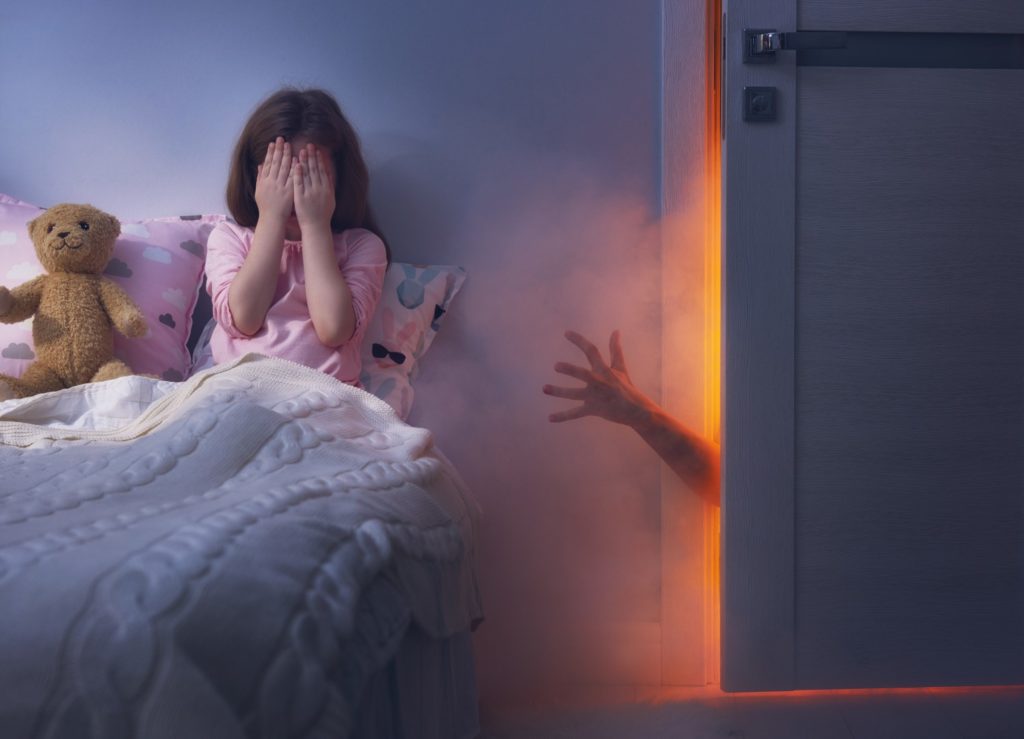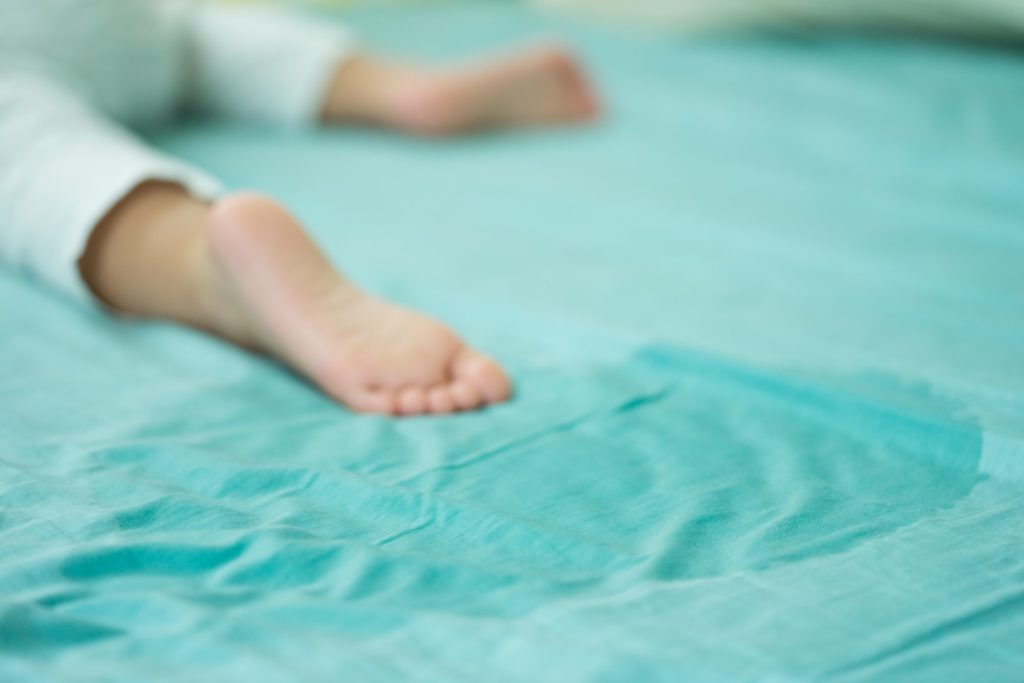
Sleep disorders in children are varied and not uncommon. Some disorders may result in cranky and tired children, while others may cause behavioural and physical issues requiring medical attention. Studies show that children as young as 1 year old will show signs of anxiety around sleep, but many will resolve these issues as they get older. Some, however, do not. Your pediatrician should be the source of information as it applies to your child.
The signs that indicate that there may be a problem with your child’s sleep quality include excessive sleepiness during the day, bedwetting, crankiness and moodiness, trouble concentrating on simple tasks or at school.
Sometimes we will jump to conclusions as to why our children are misbehaving or appear moody. It is always worth digging a little deeper into how they sleep. Working closely with your pediatrician might help narrow in on the source of the following symptoms.
Here are the top 5 possible sleep disorders your child could be suffering from.
1) Snoring
Some children, as young as two, can suffer from insomnia due to snoring which can be a result of large adenoids, tonsillitis, a deviated septum or sinus congestion due to allergies. If you have seen or heard your child snore, and stop breathing briefly, it is wise to visit with an otolaryngologist to rule out sleep apnea or other physiological issues. In some cases, surgery can resolve the problem.
2) Bedwetting

Studies show that bedwetting occurs in about 50% of children under the age of 3. This is typically caused by the transition from diapers and trainers. Bladder control might take a little longer to develop in some children, and worth speaking to your pediatrician. Some children, however, sleep so soundly that they don’t register the need to go. Limiting fluids close to bedtime can help here. It is also worth considering any stress your child might be experiencing at home or school if it persists.
If you want to know more about bedwetting solutions, read our previous article Bedwetting: 4 easy solutions for worried parents.
3) Sleepwalking
Studies show that about 17% of children suffer from sleepwalking with most of them growing out of it. If you suspect your child walks around the house or can potentially step outdoors in the middle of the night, precautions should be taken. Placing locks on doors at a height they can’t reach, nightlights along baseboards or gentle alarms that can alert you are wise defences. The objective is to gently coax them back to sleep without waking them if possible. Consult your pediatrician if it persists.
4) Sleep Terrors
Much more severe than nightmares, sleep terrors are characterized by your child still in a deep sleep, experiencing an episode of deep fear and anxiety, but not having any recollection of it. Unlike nightmares where children will have, mostly, total recall, they will not be aware of a sleep terror. Depending on their age, removing all exposure to violent programs, games and books should be considered. Stress at home or school can also be the source of this disorder.
If you think your child is simply having nightmares, here it to help Helping your children with bad dreams.
5) Insomnia

This sleep disorder is not only reserved for adults, but children can toss and turn unable to close their eyes to sleep. Besides following proper sleep hygiene routines, consider their schedule of activities, amount of homework, room temperature, and scratchy sheets.
Consult with your medical practitioner if you notice any of these symptoms in your children. Solutions are easily available from conventional and holistic therapies.
Angela, Your Sleep Expert

